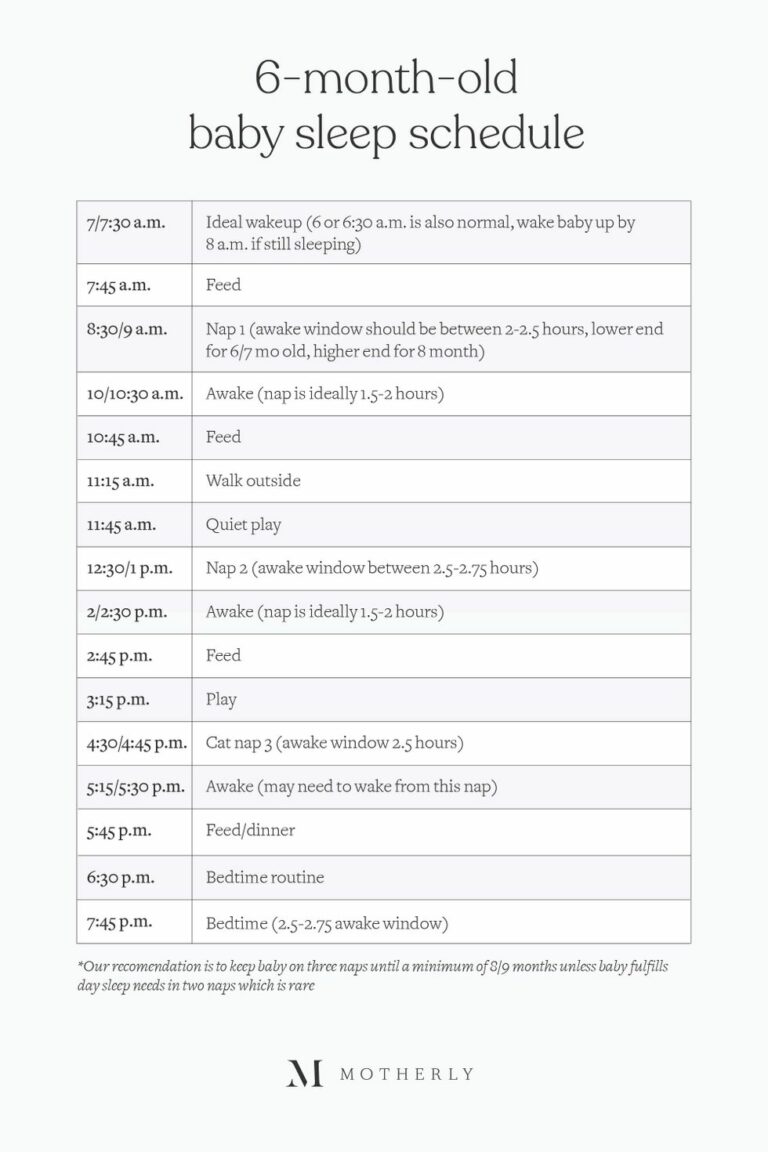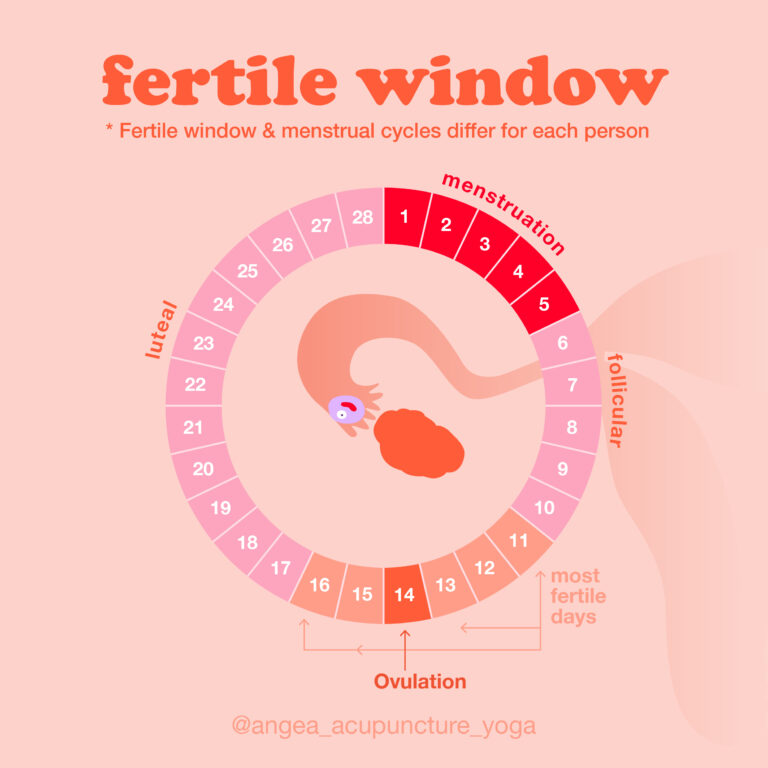When To Stop Using White Noise For Baby: A Parent’s Guide
White noise has been a saving grace for many parents, helping soothe their babies to sleep and drown out background noises that may disrupt their rest. However, there comes a time when using white noise for your baby may no longer be necessary or even beneficial. In this article, we will explore when to stop using white noise for your baby and how to transition away from it successfully.
Knowledge
When considering when to stop using white noise for your baby, it’s essential to understand the purpose of white noise and how it affects your baby’s sleep. White noise works by creating a consistent and steady sound that masks other noises, creating a calming environment for your baby to sleep in. This can be especially helpful for newborns who are adjusting to life outside the womb and may find the silence of their new environment unsettling.
As your baby grows and develops, their sleep patterns will change, and their reliance on white noise may diminish. It’s important to pay attention to your baby’s cues and adjust their sleep environment accordingly. Some signs that it may be time to stop using white noise for your baby include:
If your baby is sleeping through the night consistently and no longer waking frequently, they may no longer need white noise to help them stay asleep. Babies naturally develop the ability to self-soothe as they grow, and white noise may become unnecessary as they become better at putting themselves back to sleep.
If your baby has become reliant on white noise to fall asleep and is unable to sleep without it, it may be time to wean them off of it. Babies should be able to sleep in various environments, and dependence on white noise can make it challenging to travel or sleep away from home.
Excessive exposure to white noise can lead to overstimulation in babies, making it harder for them to relax and fall asleep. If you notice that your baby is becoming more alert or restless when exposed to white noise, it may be time to reduce or eliminate it from their sleep routine.
When deciding to stop using white noise for your baby, it’s essential to do so gradually to avoid disrupting their sleep patterns. Start by reducing the volume of the white noise gradually over several nights until your baby no longer needs it to fall asleep. You can also try replacing white noise with a softer sound, such as a lullaby or gentle music, to help ease the transition.
Conclusion
In conclusion, knowing when to stop using white noise for your baby is crucial for their development and sleep habits. By paying attention to your baby’s cues and gradually weaning them off of white noise, you can help them learn to sleep soundly in various environments and without external aids. The target audience for this article is parents of young children who are considering transitioning away from white noise in their baby’s sleep routine.
Ultimately, the decision of when to stop using white noise for your baby will depend on your baby’s individual needs and sleep patterns. By being attentive to their cues and making adjustments as needed, you can help your baby develop healthy sleep habits that will benefit them in the long run.






